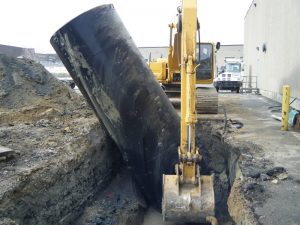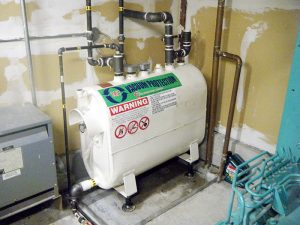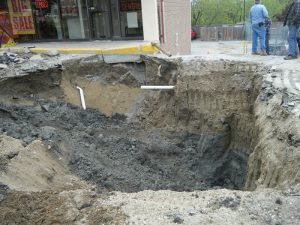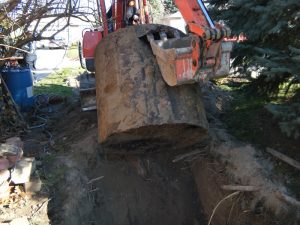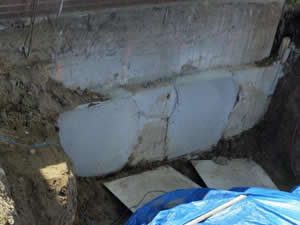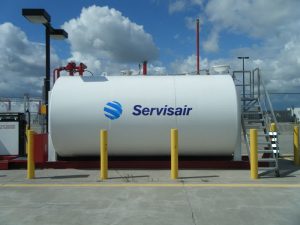Call the Experts at Waterline for your environmental needs!
905-876-8298
Our Services
Certifications
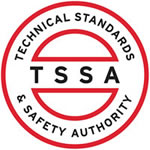
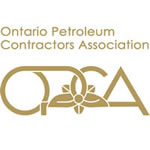
Testimonials
Thank you so much Stu, for your assistance with this removal, and for the great knowledge and service, both you and your men did with our circumstances. As well, I will also recommend you to everyone I know too!!!
Mary
Your guys did a great job today. Thank you very much.
Matthew
Thanks very much for going to my Mom’s house today, Stu. My brother, David, said he was happy to meet you.
Denise
Thanks again for getting our tank out yesterday. Your crew was great; nice guys.
Chris
They were amazing, clean and super kind and friendly. If I know of someone that needs work, I will definitely refer you to them. Once again, it was a pleasure working with you.
Angelo
Your gents were absolutely fantastic and we’re thrilled the tank is finally gone! Thanks again very much.
